5365014000472
Price Quote Get an up to date pricing and availability quote for this product. Order online or over the phone.
Quality Commitment
Serving our customers with quality and safety first.
- AS9120 Certified
- Audited supply chain
- ITAR Registered
- DDTC Registered
- HAZMAT Certified
- Customer service objectives
- Every product 100% inspected

5365-01-400-0472 Specification Set by the OEM (see RNCC code 3)
0.146in. and 0.152in. ⁓5/32"
1.800in. ⁓1-13/16"
0.675in.
0.198in. and 0.202in.
0.898in. and 0.902in.
0.400in.
4
aluminum alloy 6061
QQ-A-250/11 fed spec single material response
chromate
MIL-C-5541, class 1a mil spec single treatment response
NON-Circular w/bolt holes
Cross Reference Parts Part numbers that meet the specification outlined on this page and set by the OEM
Identification Item Identification Guide (IIG) and Item Name Code (INC)
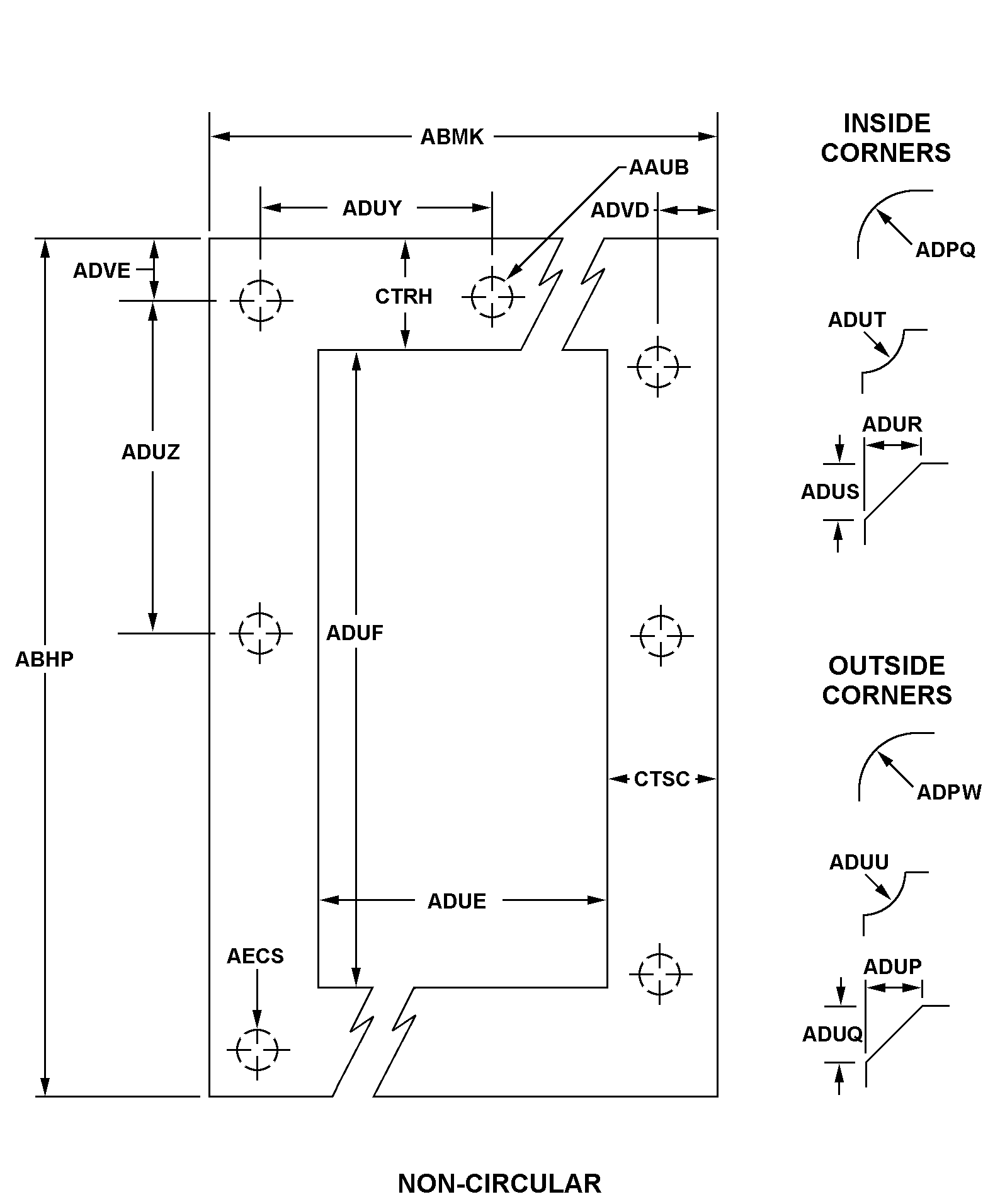
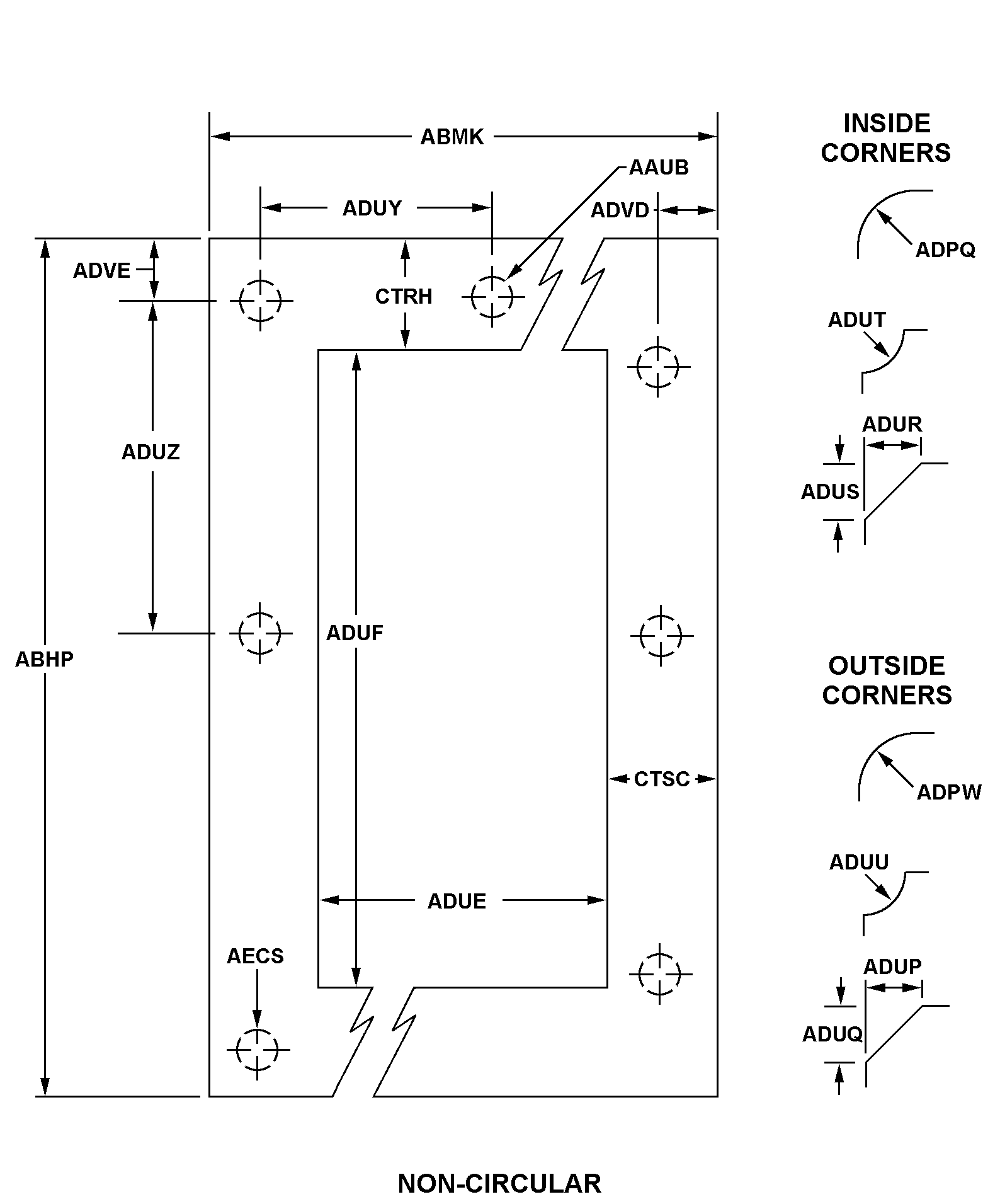
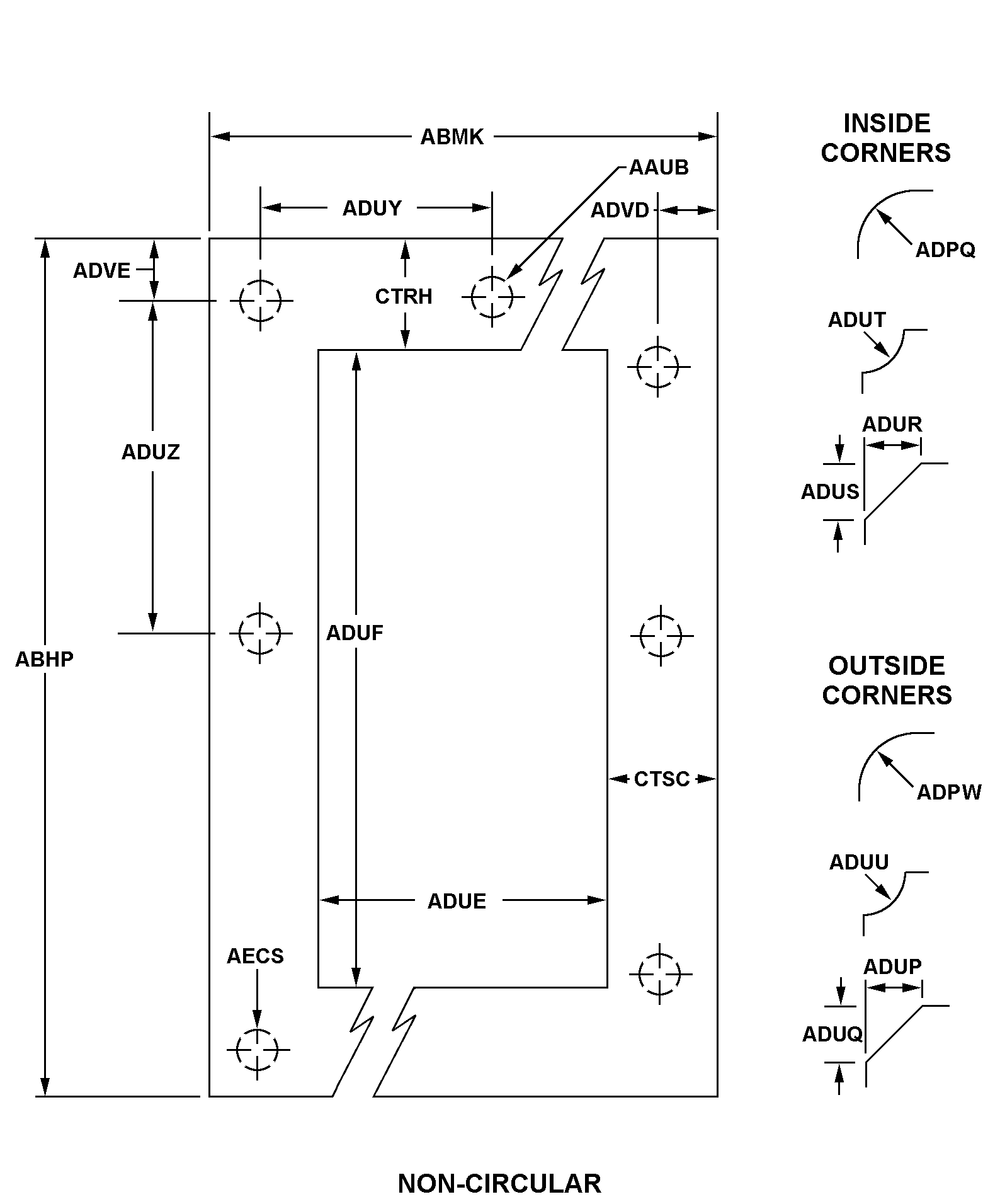
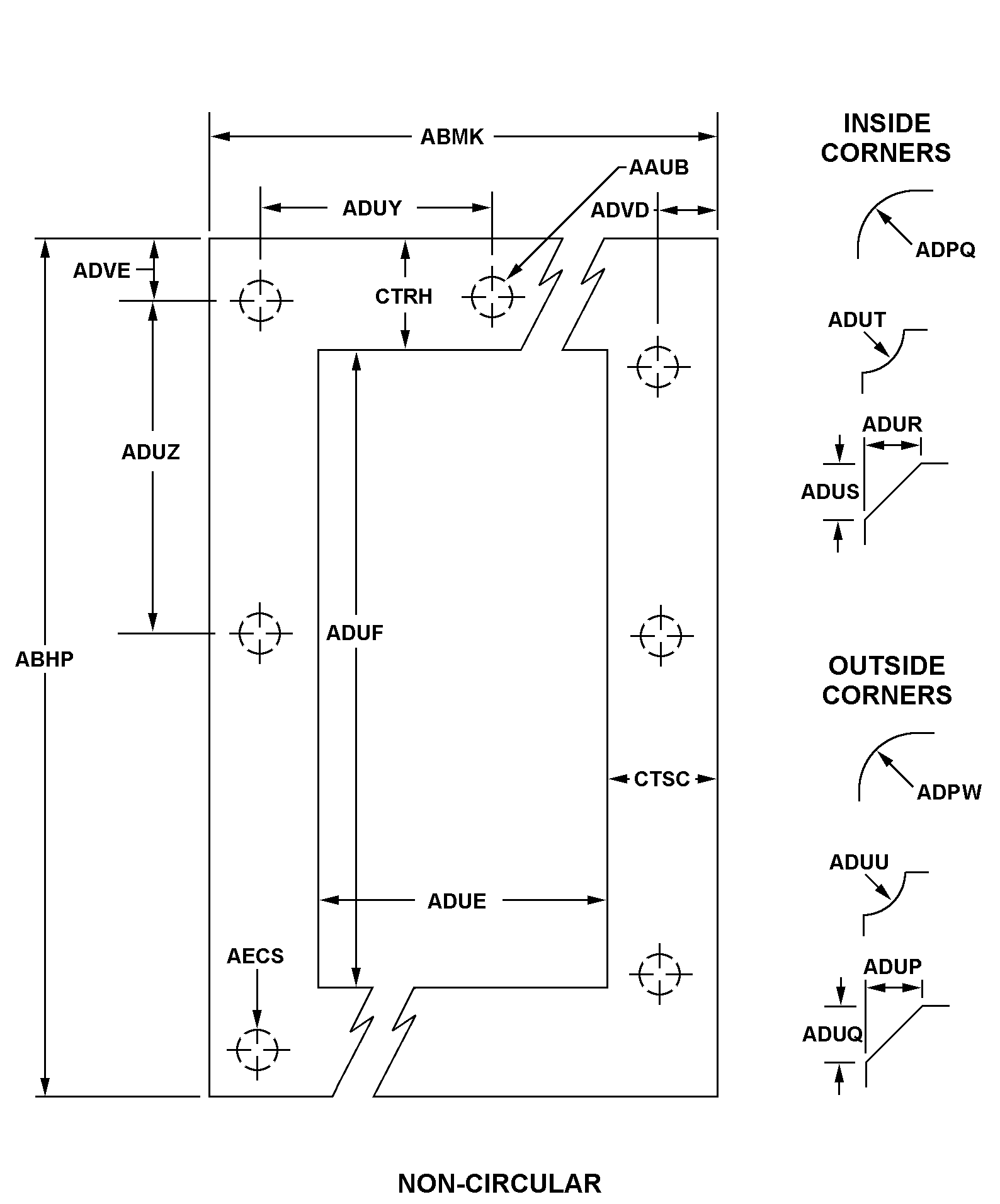
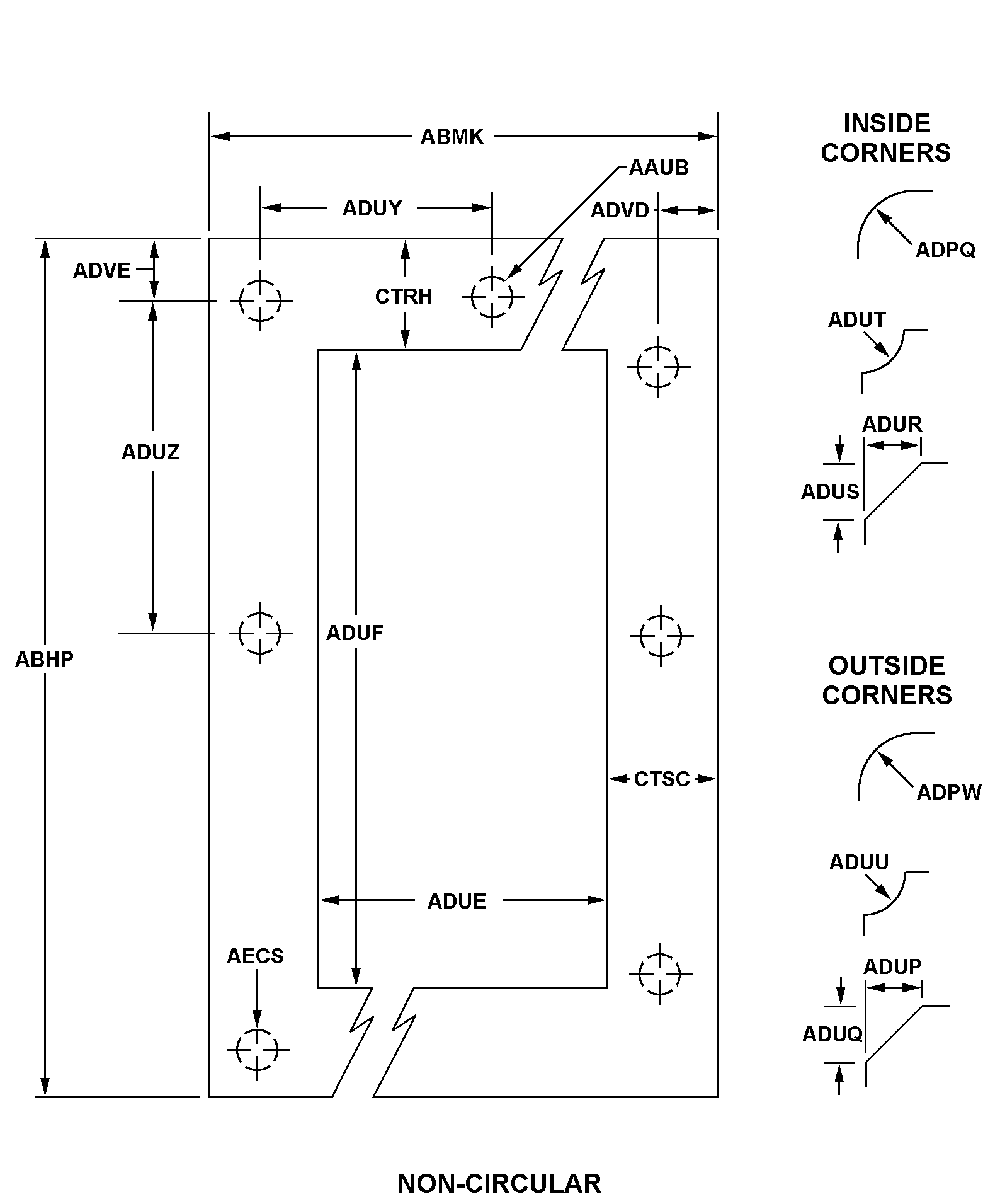
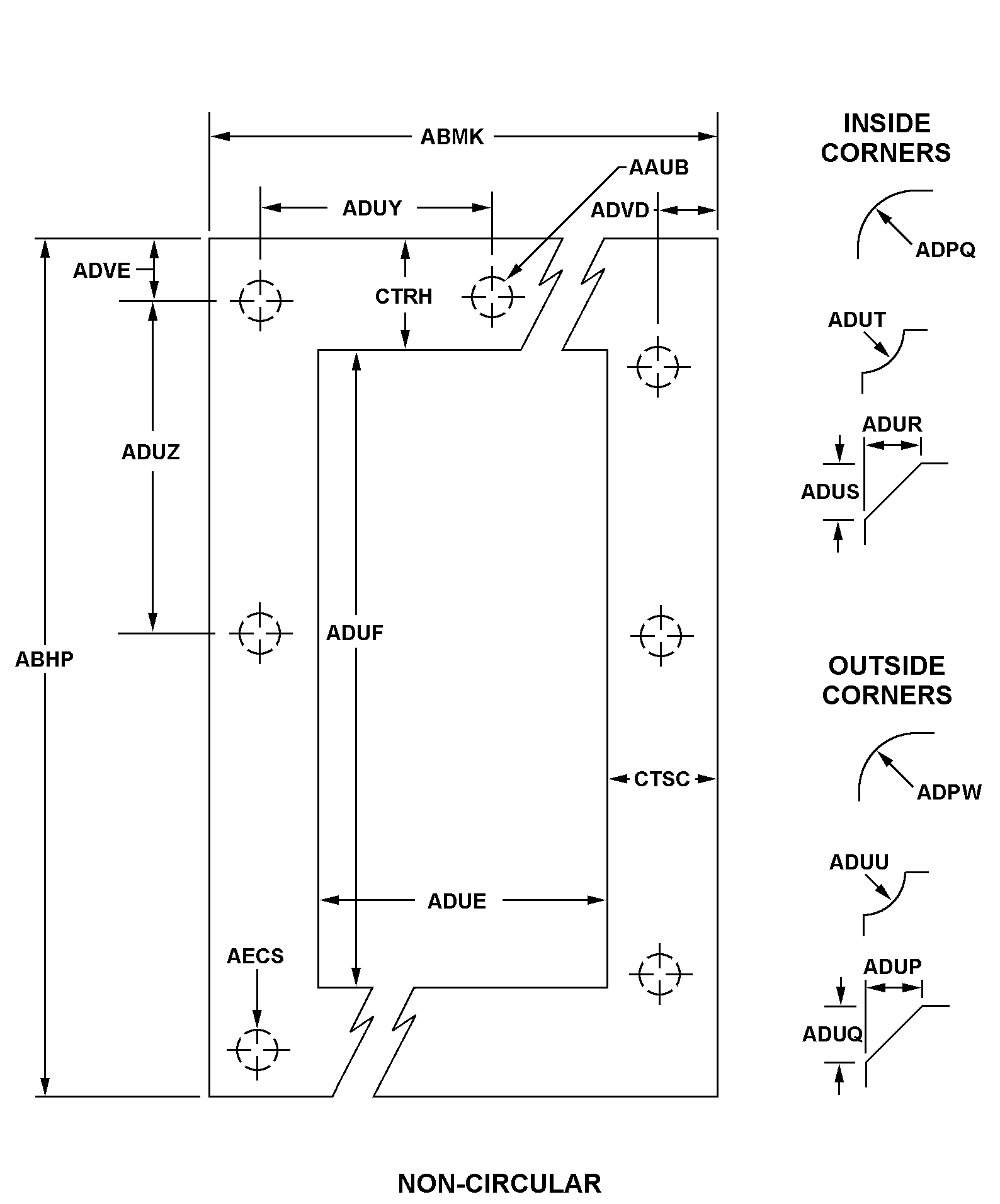
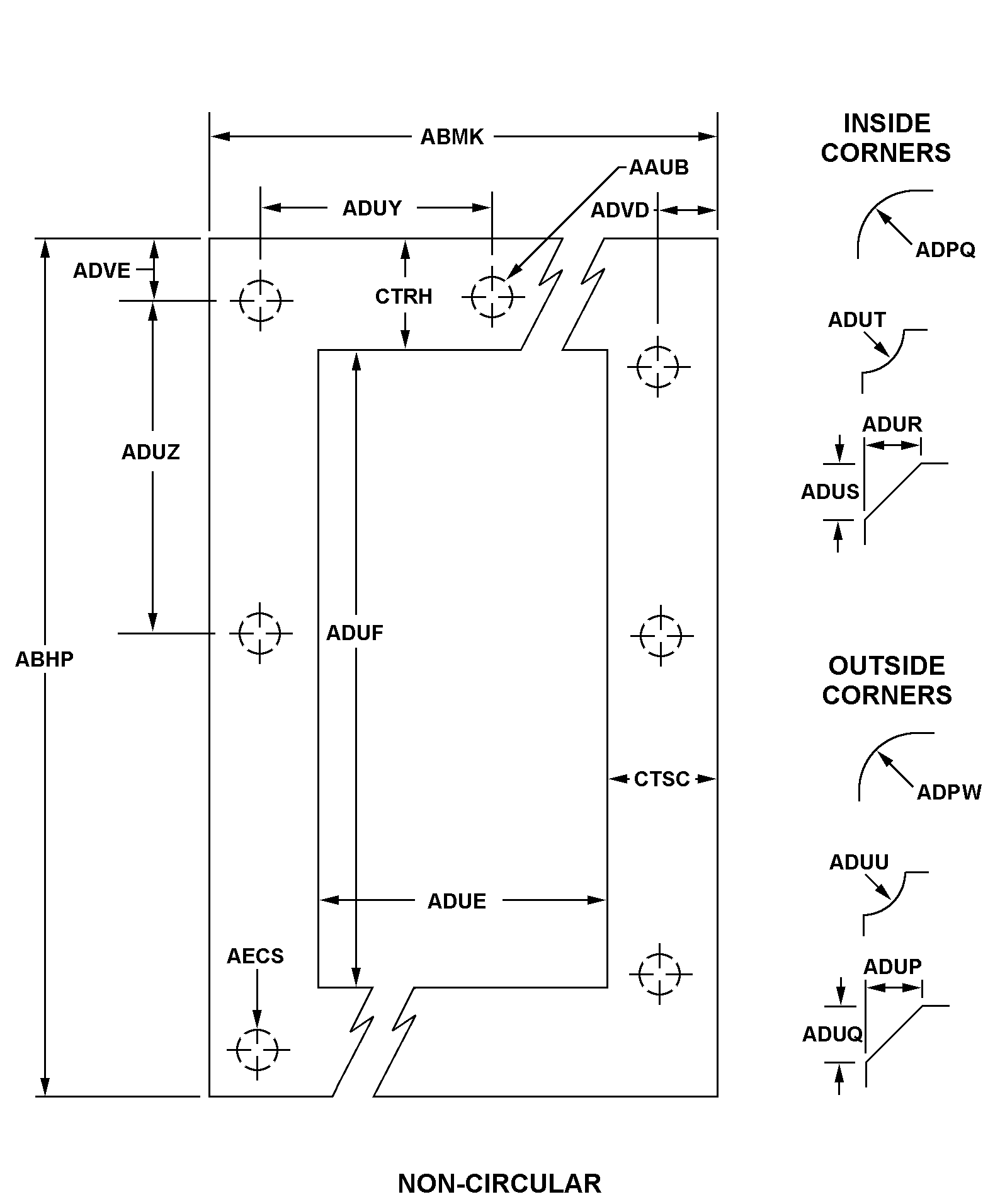
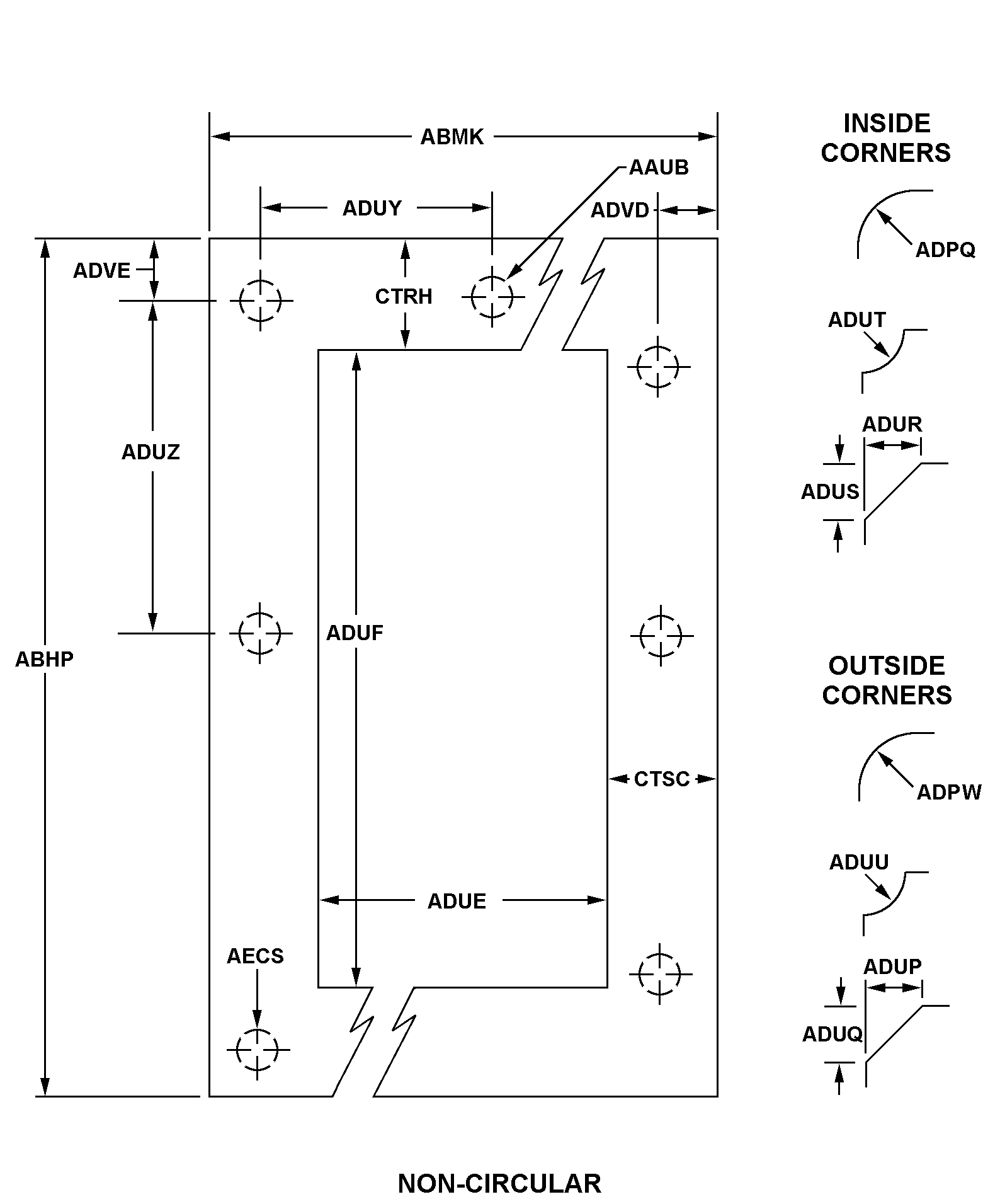
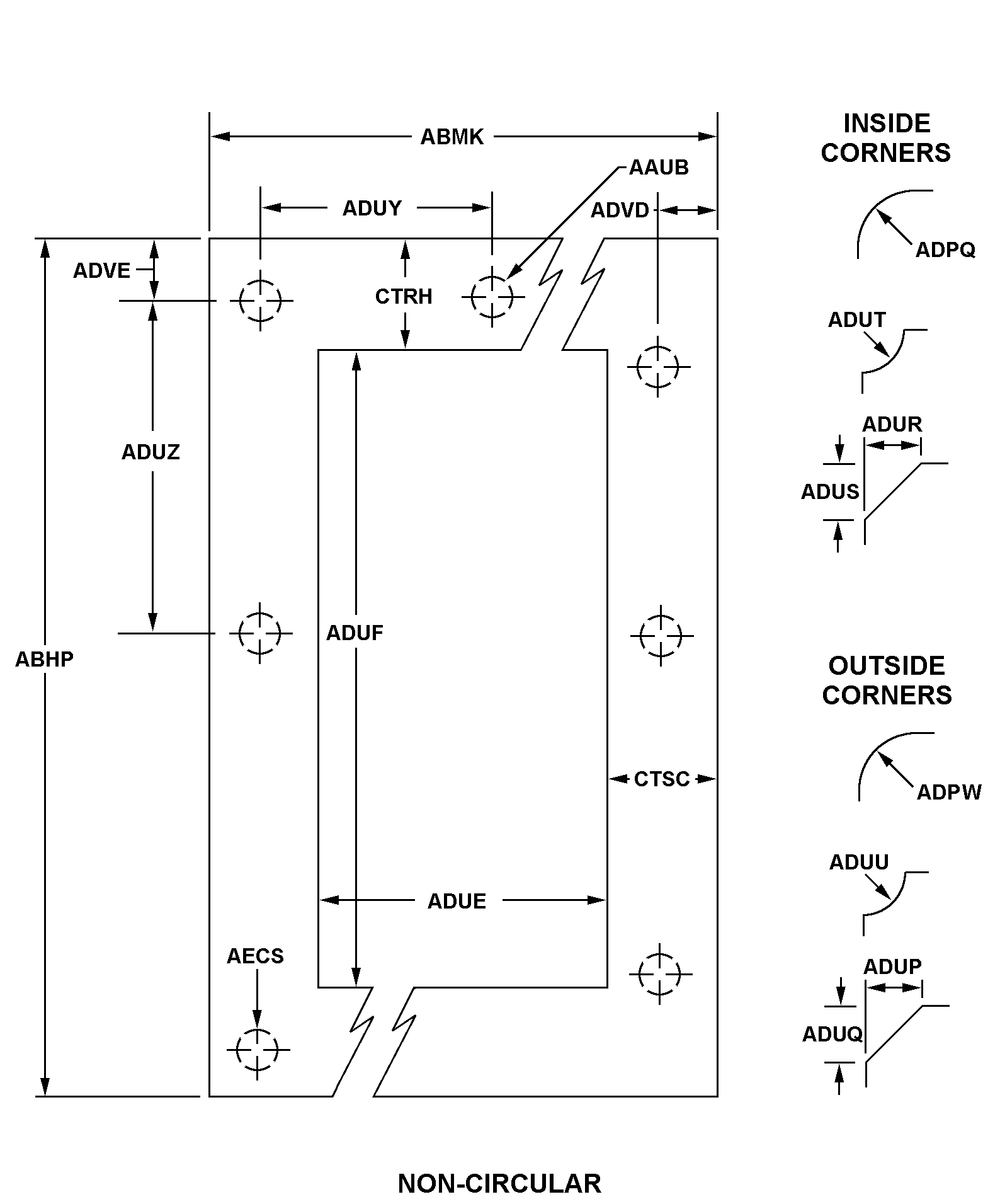
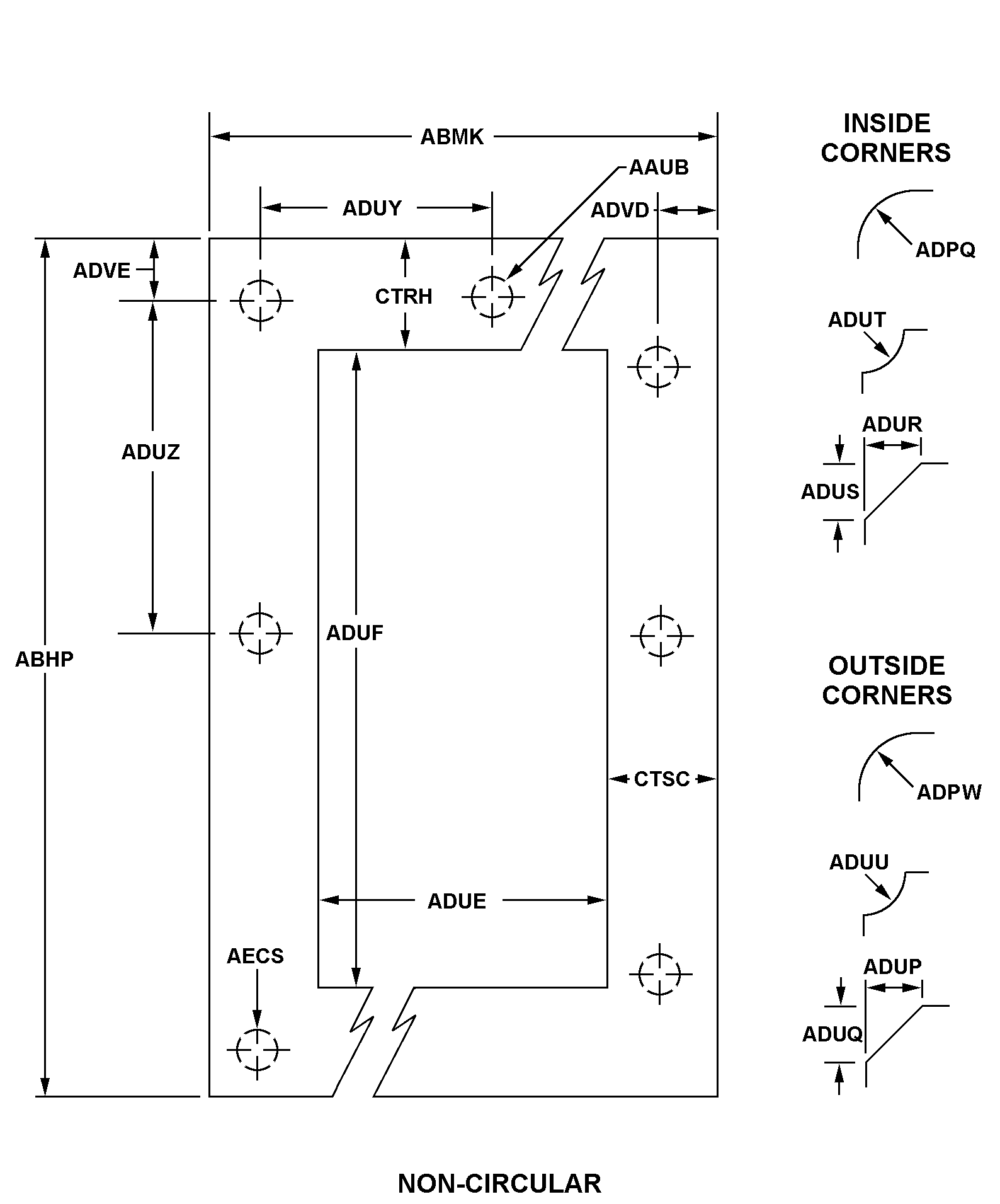
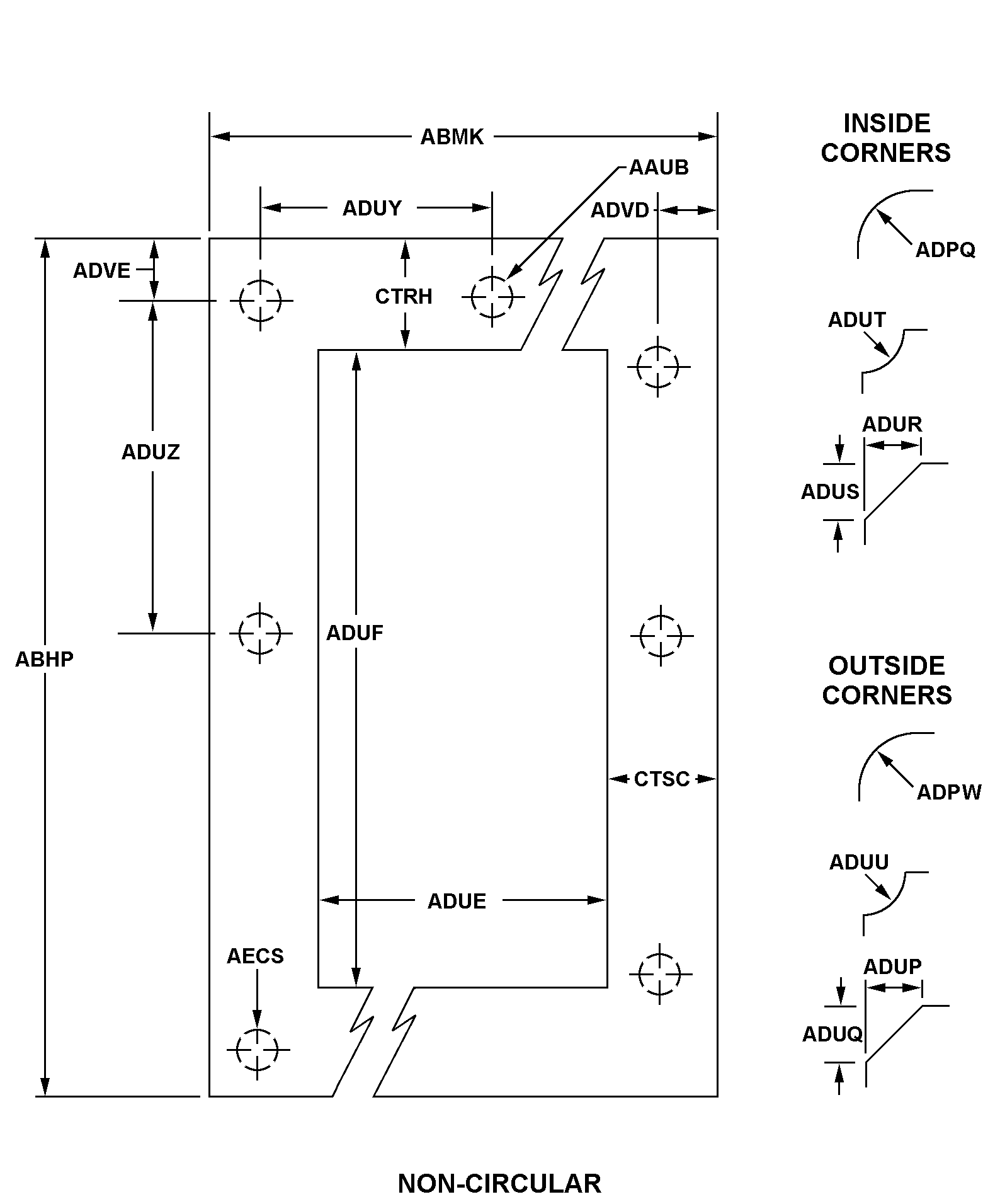
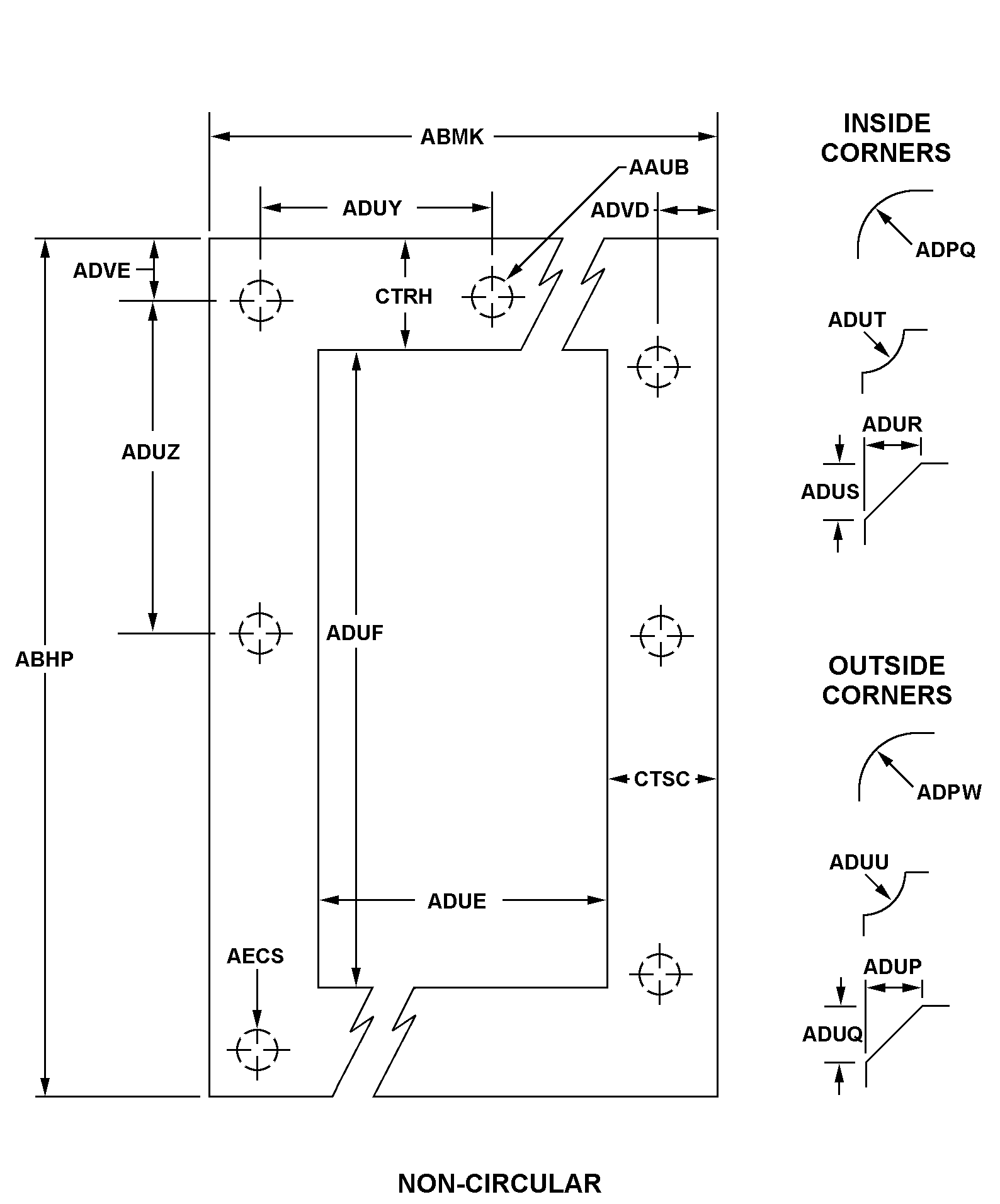
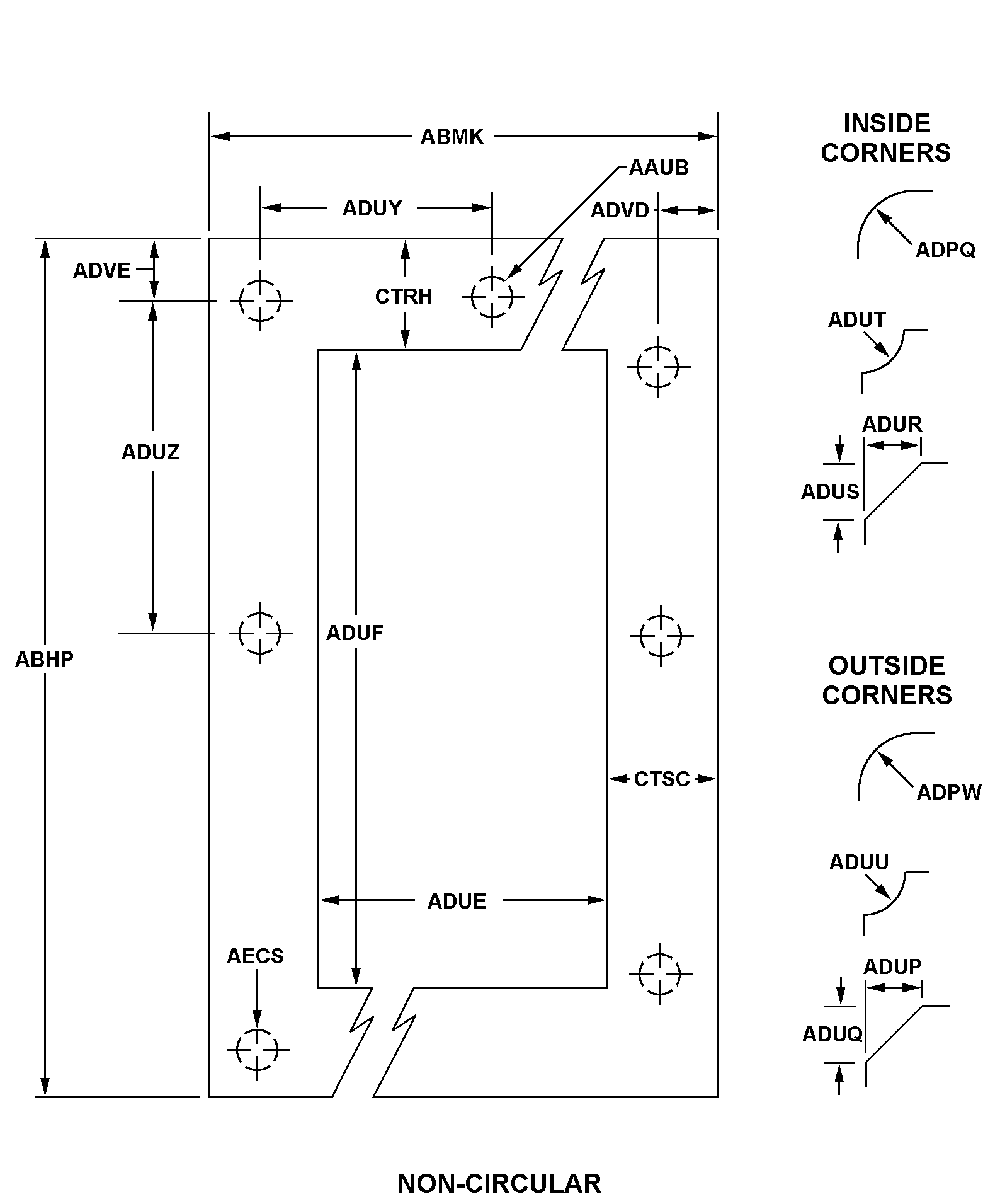
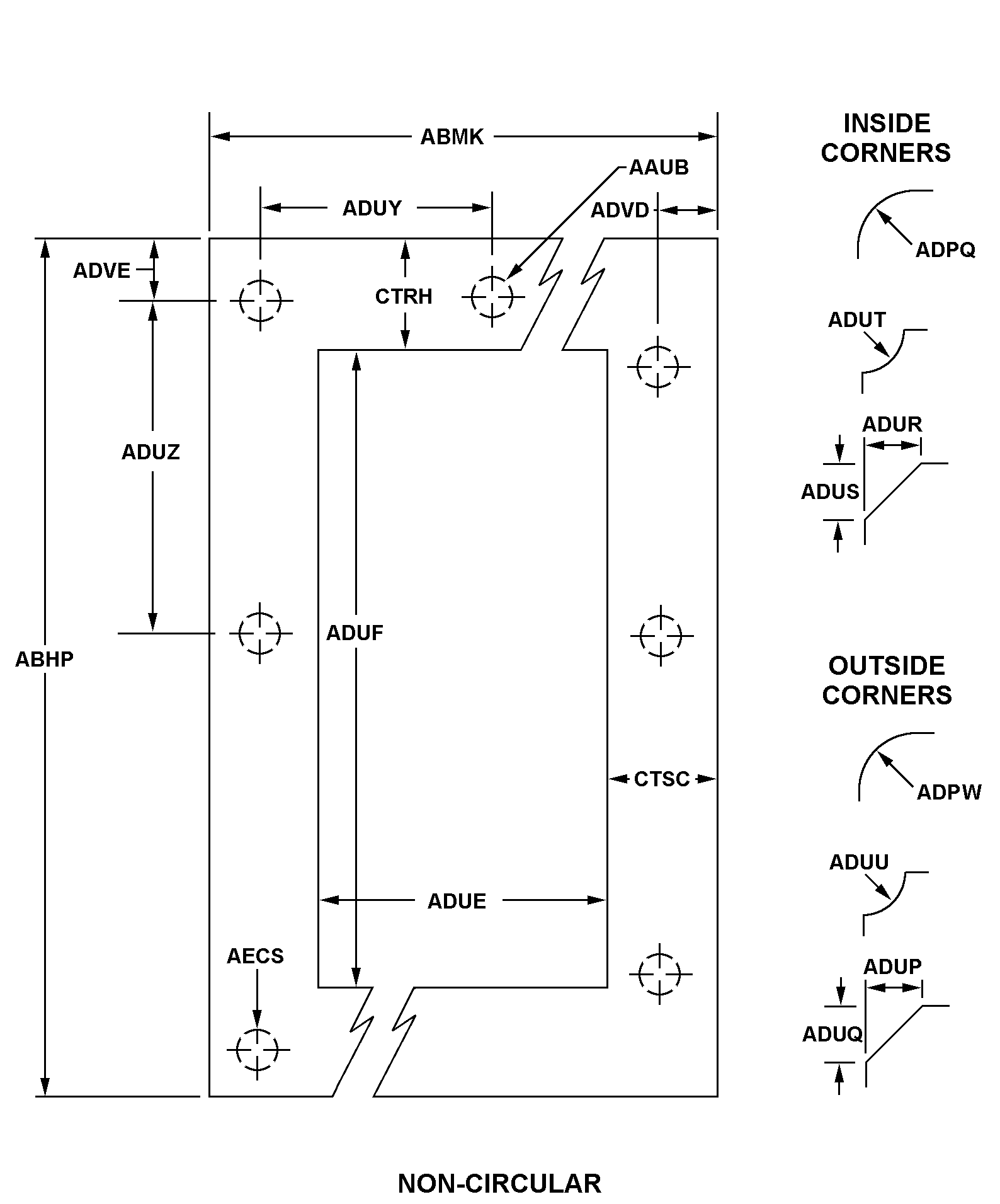
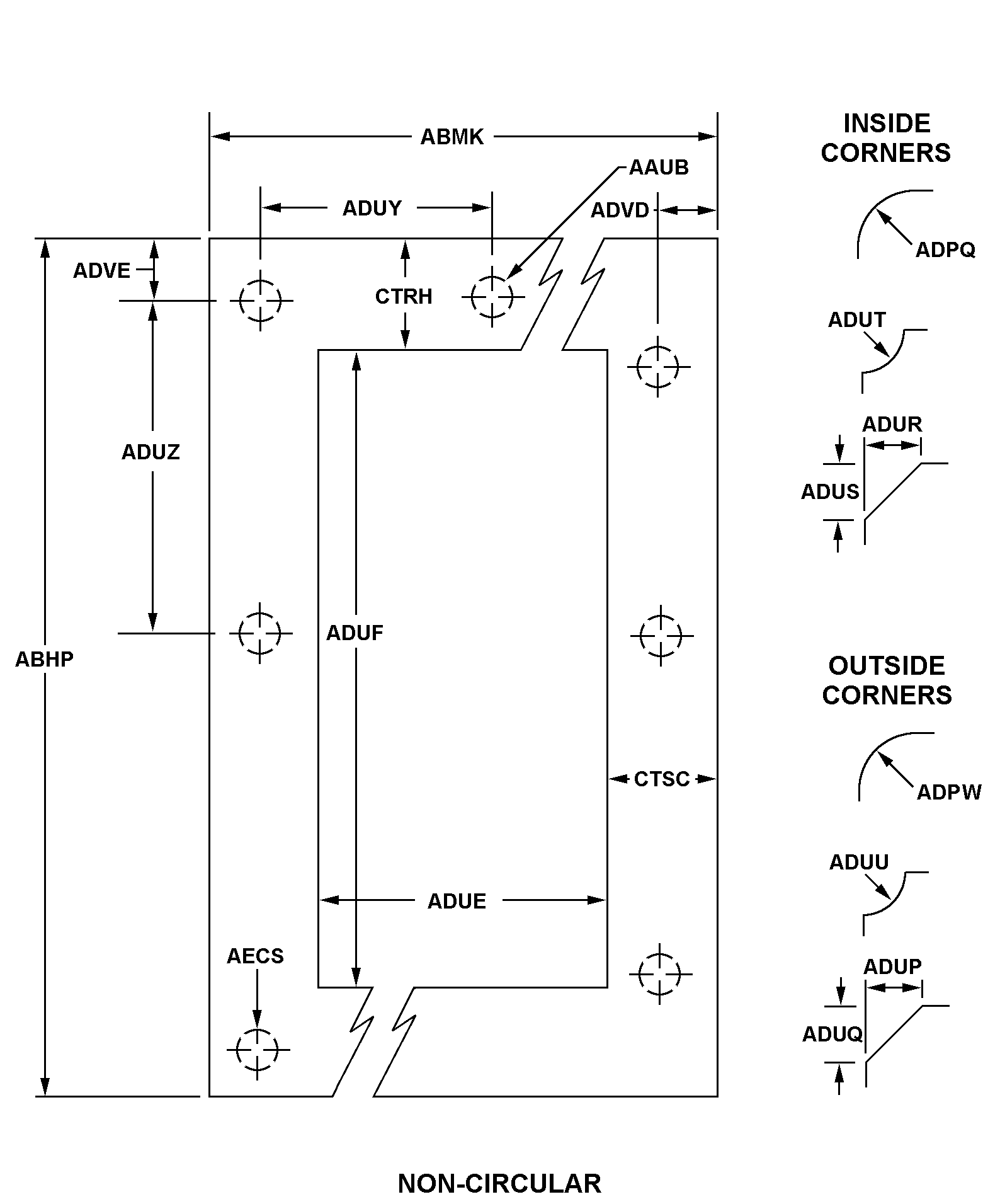
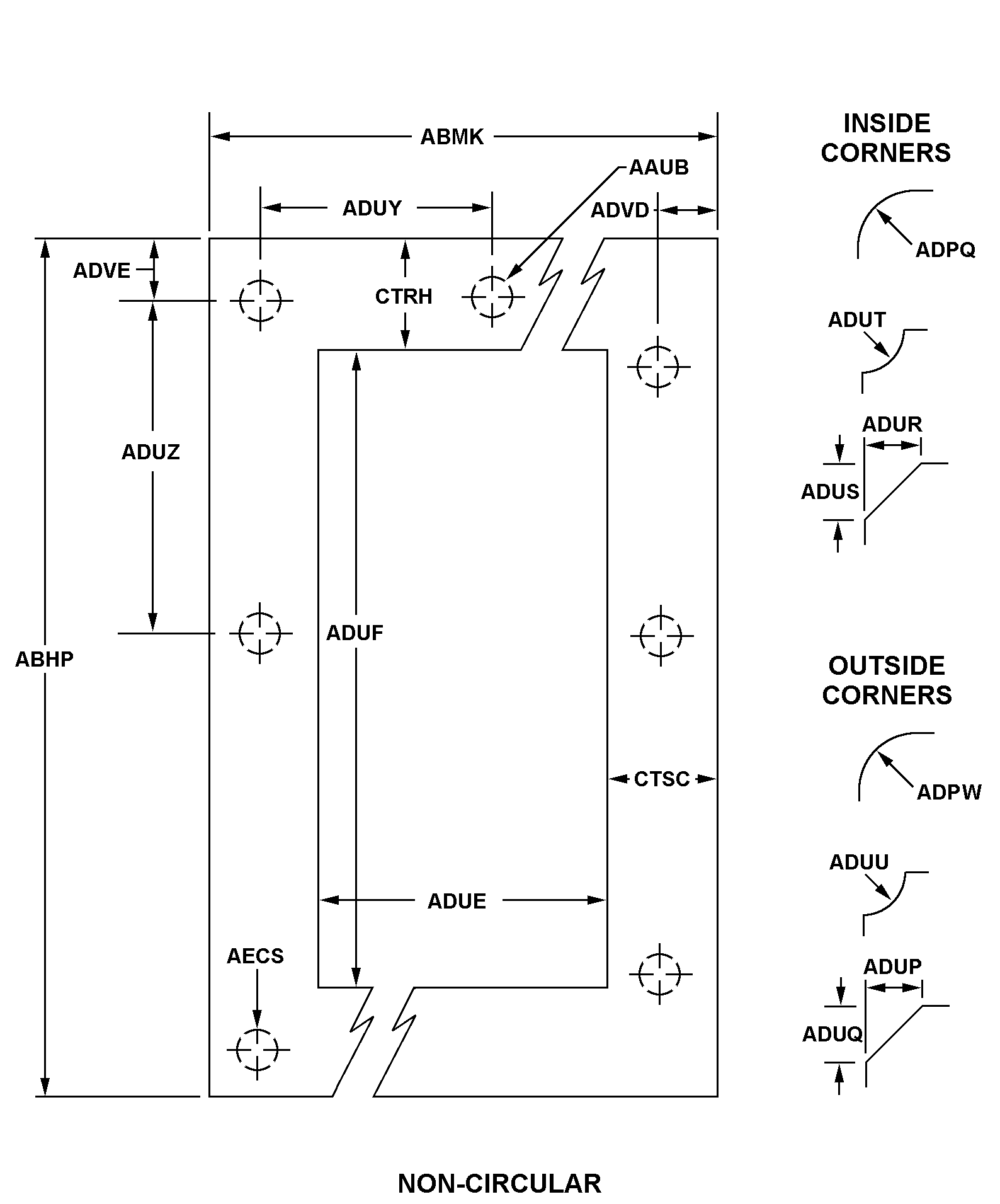
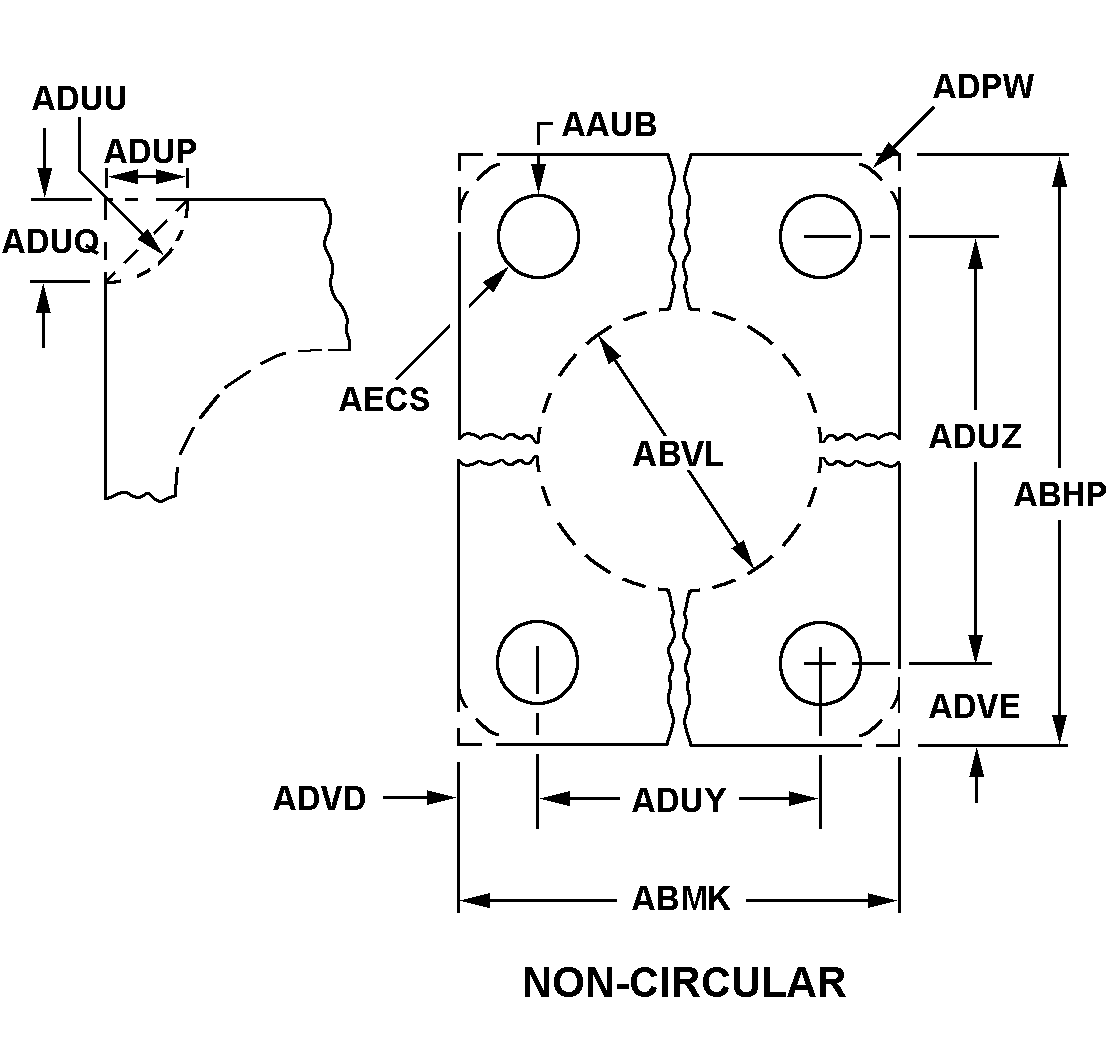
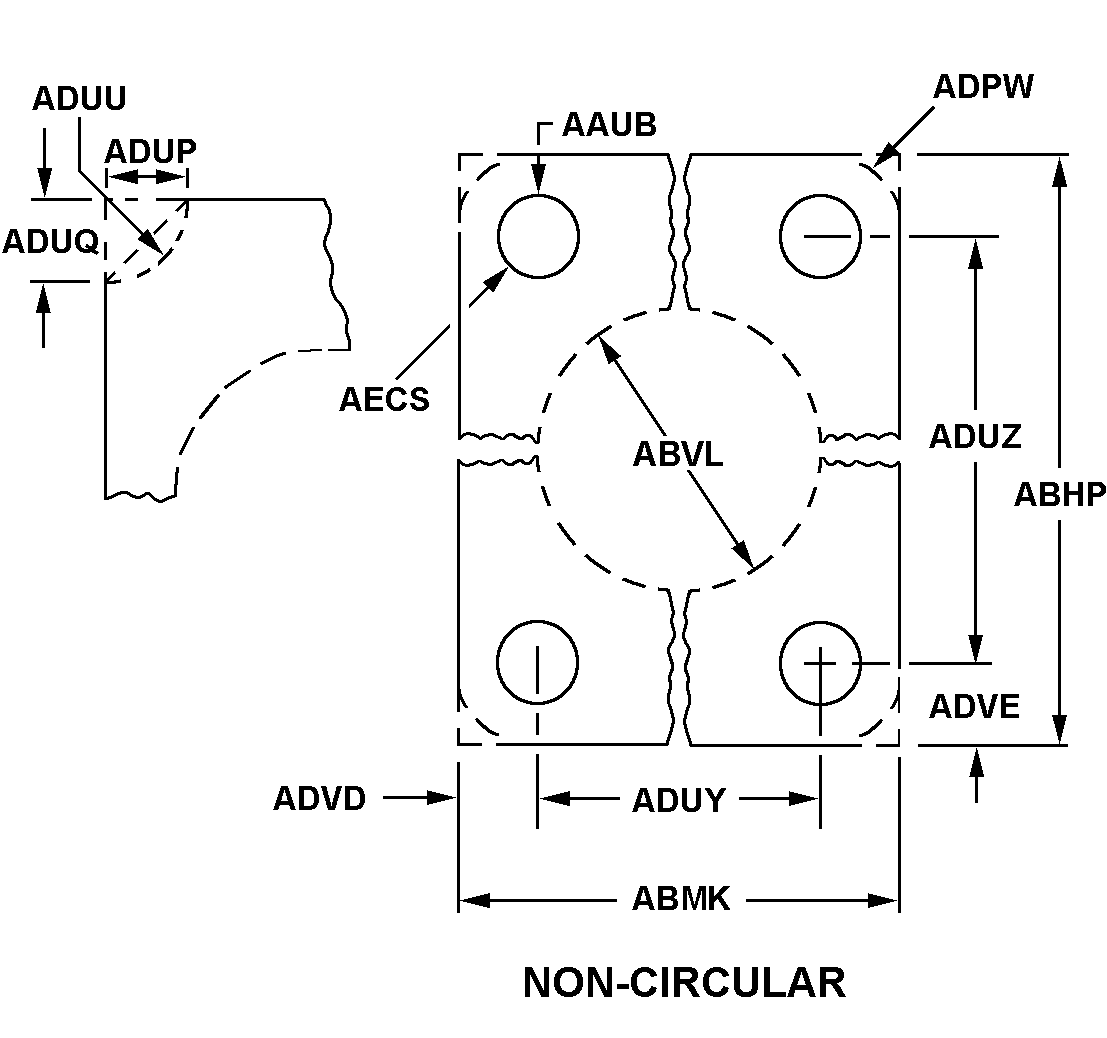
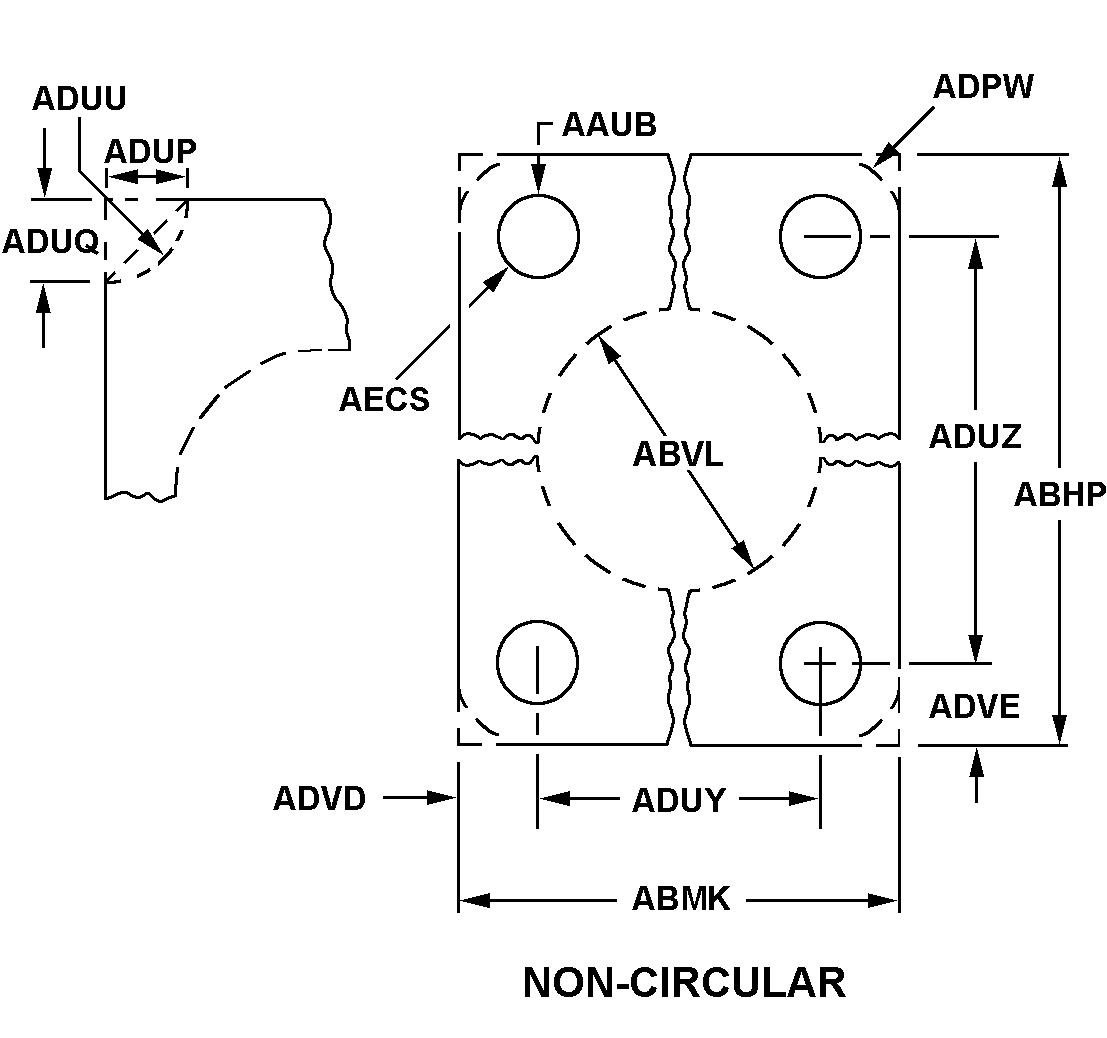

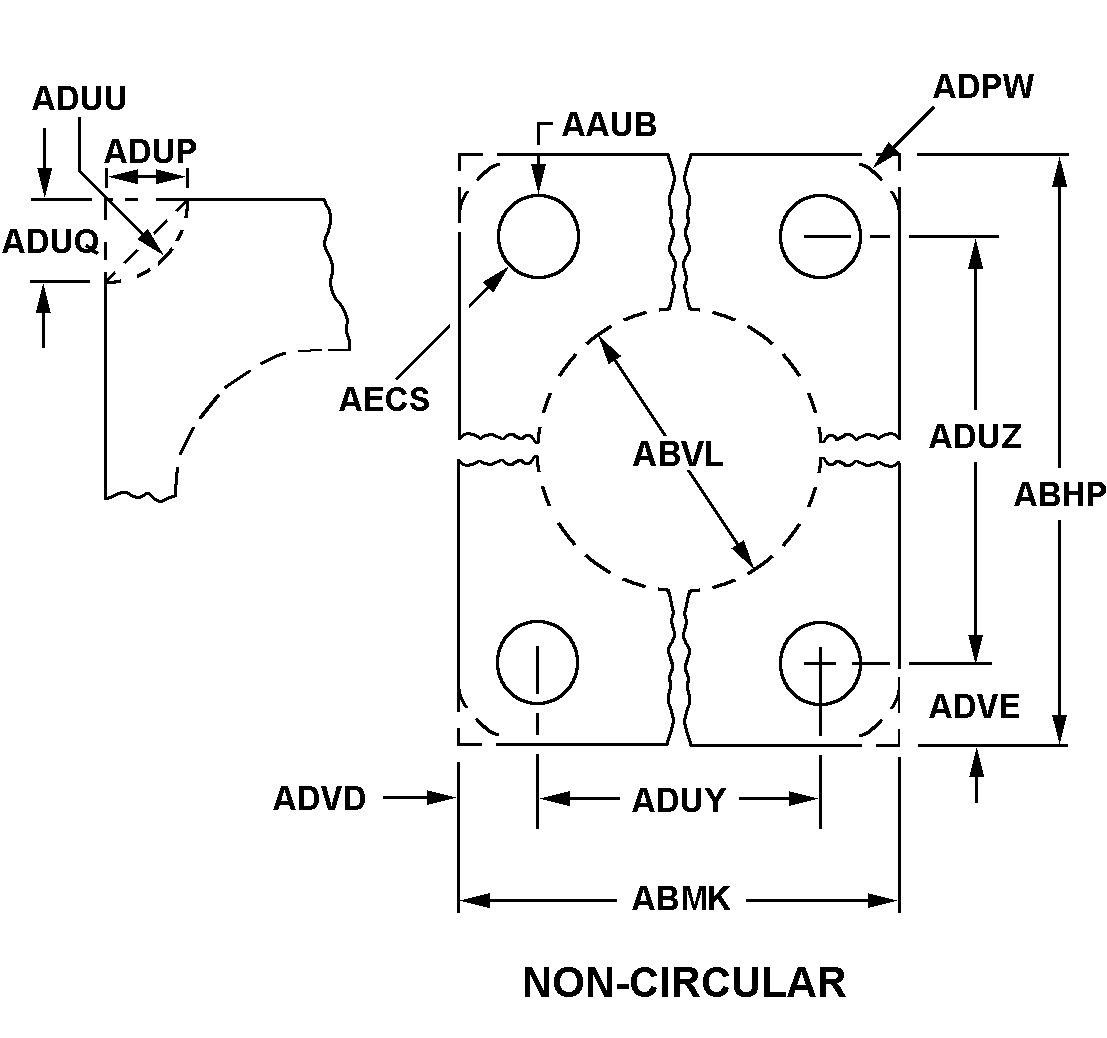
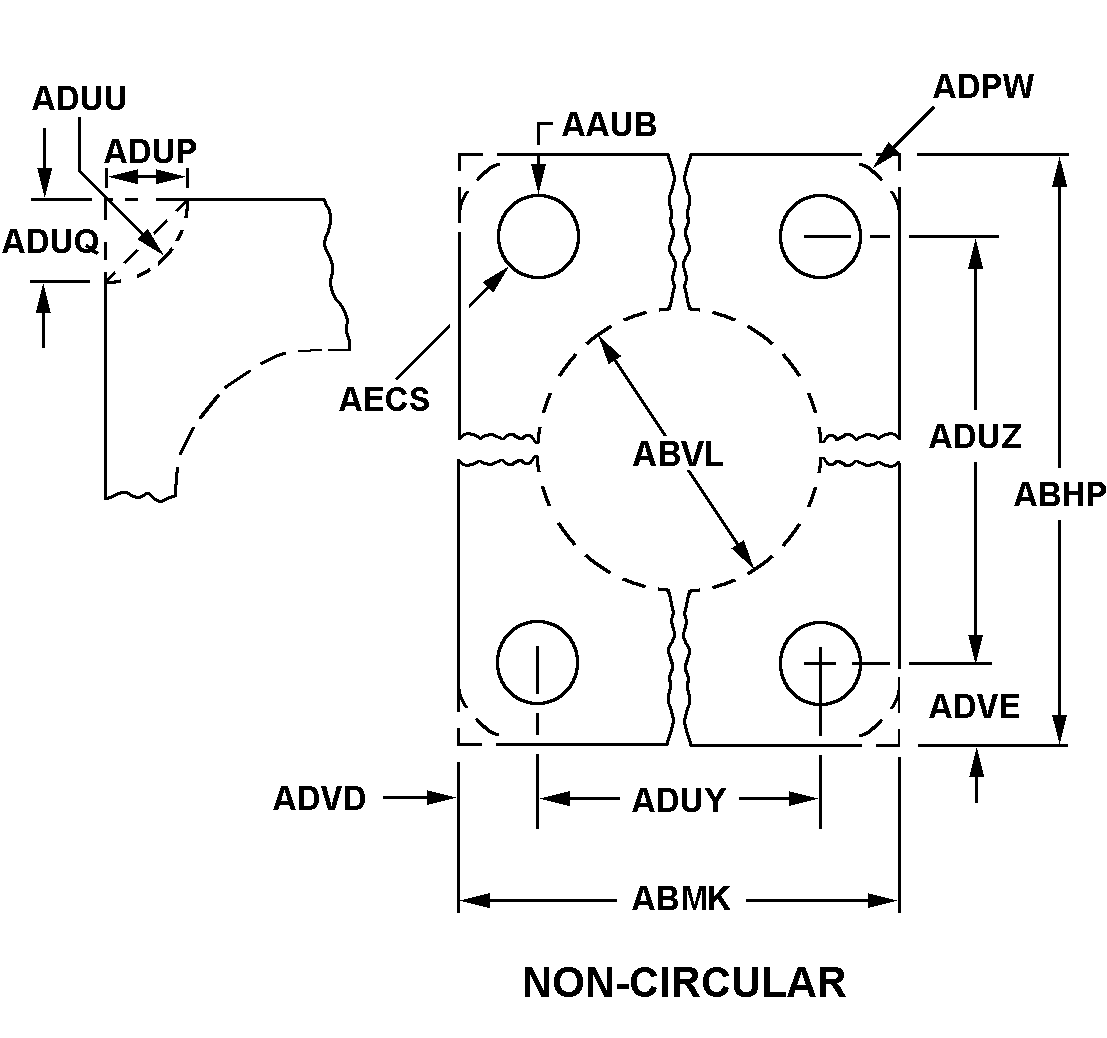
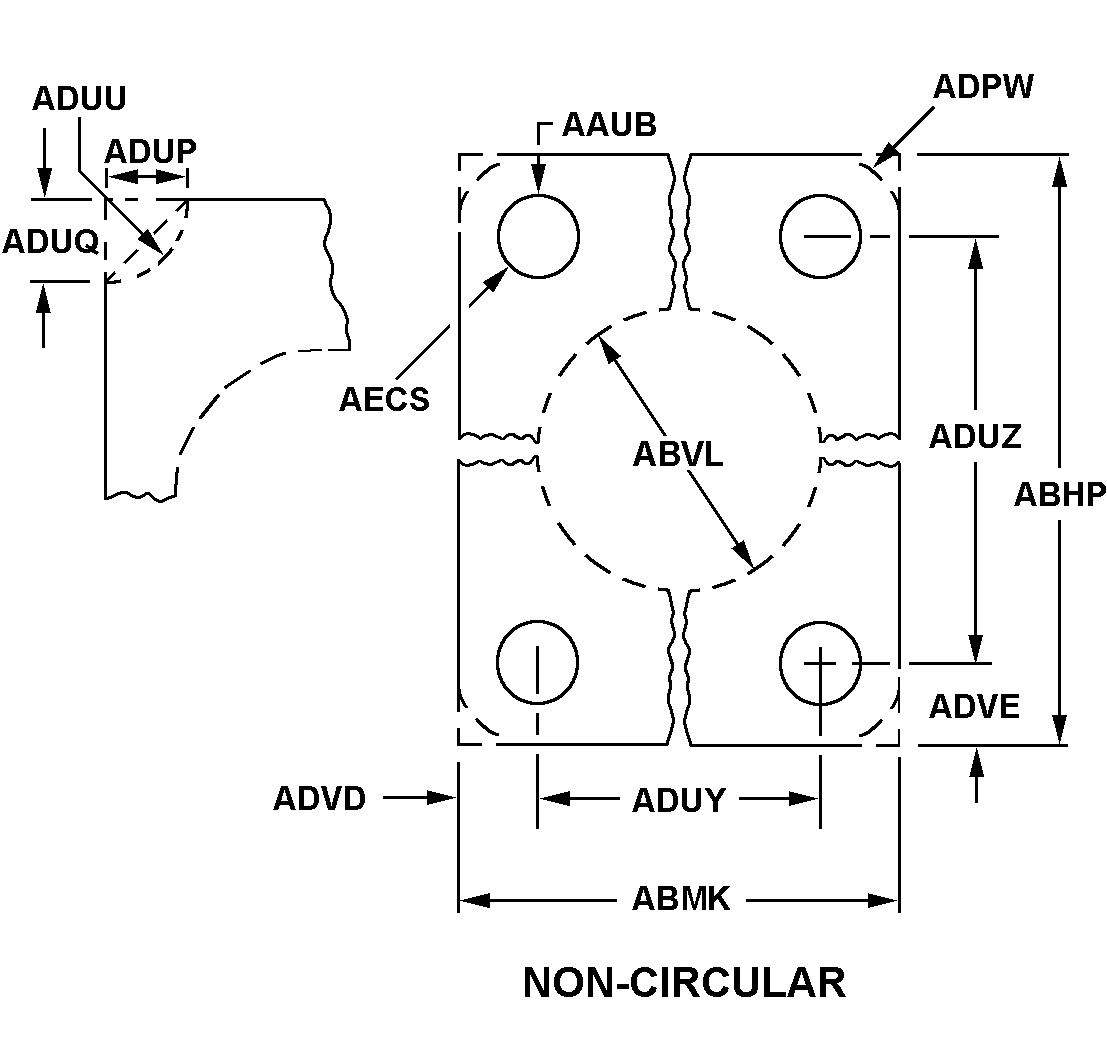
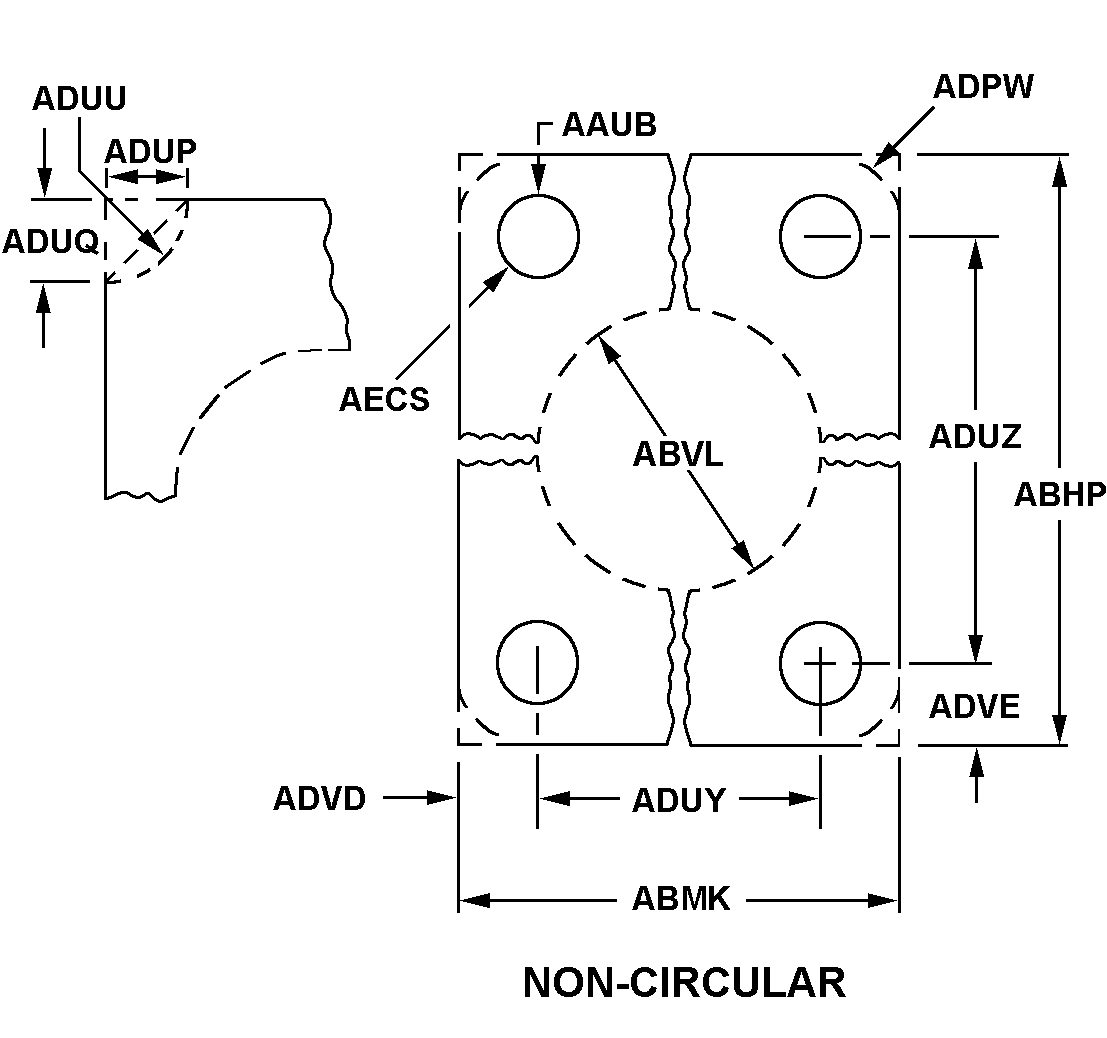
Definition Definition of approved item name (AIN): "SPACER,PLATE"
A flat metal or plastic item of various peripheral shapes having a solid (not laminated) cross-section. It is designed to maintain a predetermined distance between two surfaces. For round items without a hole having a solid rectangular cross-section use disk, solid, plain. For round or hexagonal items with only one hole centrally located and with the length (thickness) exceeding 25 percent of the outside diameter or distance across peripheral flats, see spacer, sleeve. The thickness between the two parallel bearing surfaces must be 0.006 inch, (0.152 mm) or more for items less than 1/4 inch (6.35 mm) across the peripheral diameter, or smallest overall outside dimension, or must be 0.016 inch (0.406 mm) or more for items 1/4 inch (6.35 mm) or greater across the peripheral diameter or smallest overall outside dimension. For items with a thickness less than those indicated above, see shim. For items with one hole centrally located conforming to the above dimensional criteria use washer, flat or spacer, ring as applicable. When thickness and/or outside diameter or smallest overall outside dimension is designated as a tolerance/dimension the maximum dimension will be used to determine compliance. Excludes gasket; insulator (as modified) and mounting pad, electrical-electronic component.
Packaging & Dimensions Packaging instructions, special markings, and approx. weight/dims
Packing shall be accomplished to meet the performance test requirements of astm-d4169, distribution cycle 18, assurance level 1.
Packing shall be accomplished in accordance with table c.ii for the packing level specified. closure, sealing and reinforcement shall be in accordance with the appropriate shipping container specification.
Options can be exercised as to specific method of preservation or dod approved packaging materials to be used. however, basic preservation method shall be retained, supplemental data shall be complied with, and unit package dimensions shall not be increased by more than one inch. equal or better protection shall be given the item and there shall be no increase in the package cost.
No special marking.
Packaging Codes
OPI: Optional Procedure Indicator Code. A one position alpha code that indicates the allowable deviations from the prescribed requirements.
SPI No.: Special packaging instructions number.
LVL A/B/C: Indicates the type of shipping container required for level A, B, or C maximum packing protection.
SPC Mkg: A two position code that identifies the special markings applied to the container, which is part of the total pack to protect the contained item during preservation, packing, storage, transit and removal from the pack.
5365-01-400-0472 Material Hazmat, Precious Metals, Criticality, Enviroment, and ESD
Indicates there is no data in the hmirs and the nsn is in a fsc not generally suspected of containing hazardous materials.
Item does not contain precious metal.
Represents items with no adp components
The item does not have a nuclear hardened feature or any other critical feature such as tolerance, fit restriction or application.
Identification Codes
HMIC: Hazardous Material Indicator Code. A one position code that identifies a hazardous item.
PMIC: Precious Metal Indicator Code. A one position code which identifies items that have precious metals as part of their content. precious metals are those metals generally considered to be uncommon, highly valuable, and relatively superior in certain properties such as resistance to corrosion and electrical conductivity.
ESD: Electrostatic Discharge. Indicates if an item is susceptible to electrostatic discharge or electromagnetic interference damage. electrostatic discharge damage occurs when an accumulation of static electricity generated by the relative motion or separation of materials is released to another item by direct contact. electromagnetic interference damage occurs when an item comes into proximity with an electrostatic or magnetic field.
ENAC: Enviromental Attribute Code. Identifies items with environmentally preferred characteristics.
CRITL: Criticality Indicator Code. Indicates an item is technically critical by tolerance, fit, application, nuclear hardness properties, or other characteristics.
Material Management Material categorization and source of supply
Defense logistics agency, enterprise business systems
Material Codes
SOS: Source of Supply. A three position code or routing identifier code (ric), which identifies the source of supply activity.
SMIC: Special Material Indicator Code. A two position code, which categorizes material on the basis of requirements for source or quality control, technical design or configuration control, procurement, stocking and issue control, special receipt, inspection, testing, storage, or handling.
MMAC: Material Management Aggregation Code. A two position code that identifies an item of supply to be managed by a specific activity manager.
MCC: Material Echelon Code. A two position code employed by the marine corps in classifying items into categories by materiel category and procurement echelon. the alphanumeric management code is in the first position and identifies the materiel category
IMC: Denotes wether items shall be subjected to integrated management under the defense supply agency or retained by the individual military service or other department of defense components for their management. Assigned by th activity responsible for item management coding.






